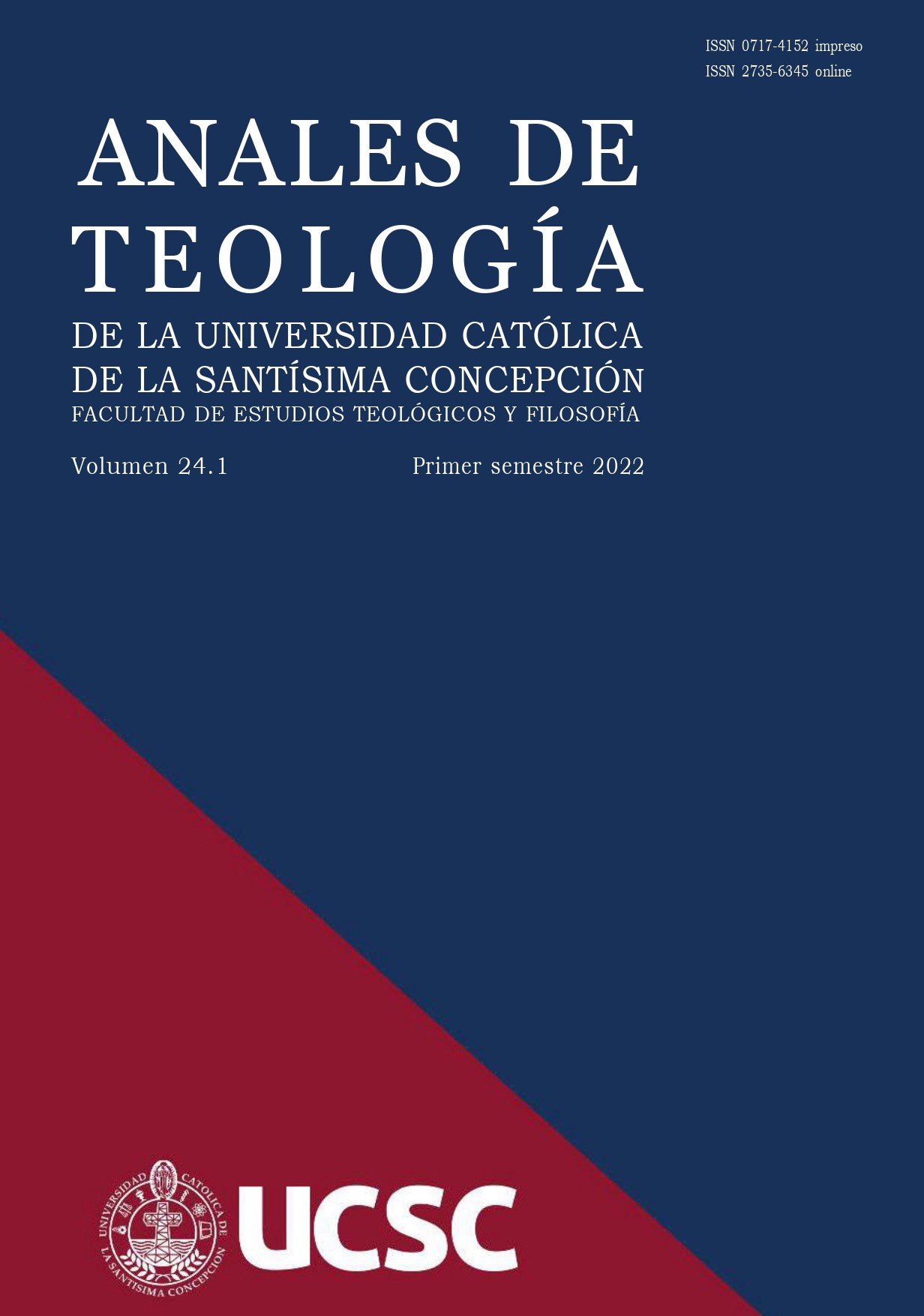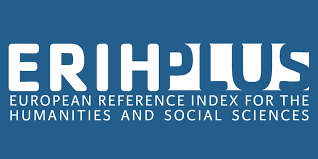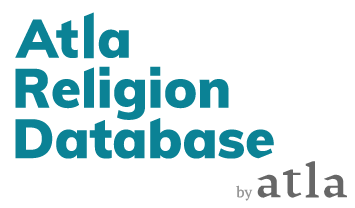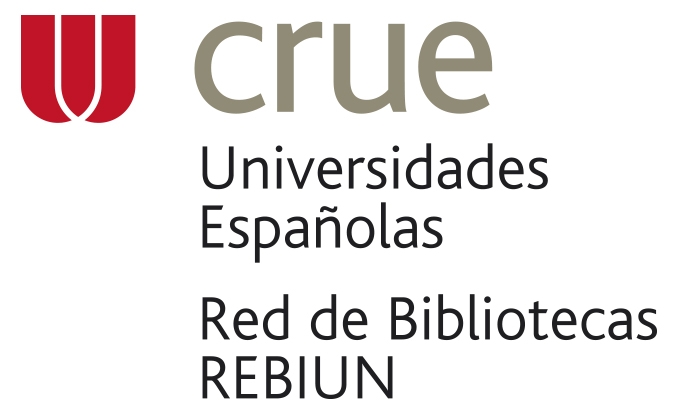Two natures in the person of christ?”Analysis of the concept of unity ’´(ενωσις) in the work “why is Christ one?” by Cyril of Alexandria
DOI:
https://doi.org/10.21703/2735-634520192121803Keywords:
Unity (ενωσις), Cyril of Alexandria, Nature, hypostasis, ChristAbstract
This article aims to analyze and explain the concept of unity (ενωσις) of human and divine natures in the person of Christ, in Cyril of Alexandria from a study of his work “Why is Christ one?” (378-444). The work will focus on the concept of unity (ενωσις) that Saint Cyril uses to refer to the hypostatic union of the two natures of Christ: the divine and the human. To achieve this, this exhibition will be divided into three chapters that will answer the methodical question that guides the research. In the first section, the life and work of the author will be approached, as a way to understand the schools, thoughts and doctrine that influence the context in which the author raises the work within which is the Christological enosis (ενωσις). Then, in a second section, to address an analysis of the concept of unity in the person of Christ from the work already mentioned. Finally, an analysis will be made of the main images that Cyril of Alexandria uses to explain unity (ενωσι).
Downloads
References
Artemi, E., “Cyril of Alexandria’s critique of the term Theotokos by Nestorius Constantinople”. Acta theologica 32/2 (2012) 1 -16.
_________, “The rejection of the term Theotokos by Nestorius Constantinople and the refutation of his teaching by Cyril of Alexandria”, De Medio Aevo 2/2 (2012) 125- 146
Camelot, P. Th., Éfeso y Calcedonia, Eset, Vitoria 1962.
Cirilo de Alej andría, ¿Por qué Cristo es uno?, Ciudad Nueva, Madrid 1991.
Gavrilyuk, P., “Theopatheia; Nestorius’s main charge against Cyril of Alexandria”. Scottish Journal of Theology 56/2 (2003) 190-207.
Hasberg, M., “The Cristology of St. Cyril of Alexandria and the representation of Cyrilline Christology in the Chalcedonian definition”, Partial fulfillment of real (516) Patristic Christology. Yale University, Yale Divinity School, 2016.
McGuckin, J., St. Cyril of Alexandría the Christological controversy, its history, theology, and texts, Brill, Leiden- New York 1994.
Soto- Hay, F., “El concilio ecuménico de Éfeso”, Anámnesis 16/31 (2006), 1-55.
Wilken, R., “Exegesis and the history of theology: Reflections on the Adam- Christ typology in Cyril of Alexandria”, Church History 35/2 (1996) 139-156.
Downloads
Published
Issue
Section
License

This work is licensed under a Creative Commons Attribution-NonCommercial 4.0 International License.
The Anales de Teología is an open access journal and does not charge for publication. In addition, it regulates its Copyright and access policy according to the Creative Commons Attribution-NonCommercial 4.0 International Public License (CC BY-NC 4.0), therefore sharing (reproducing and distributing the material in any medium or format) and adaptation (modifying, transforming, and creating from the material) is allowed as long as proper credit is given and the citation is included with the corresponding data. Moreover, it is not allowed to use the material for commercial purposes.




















